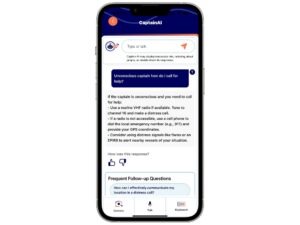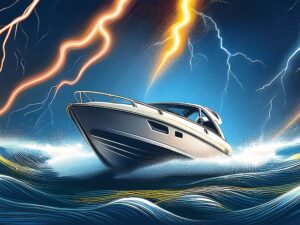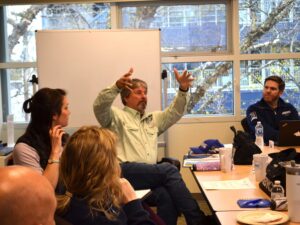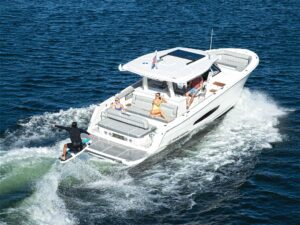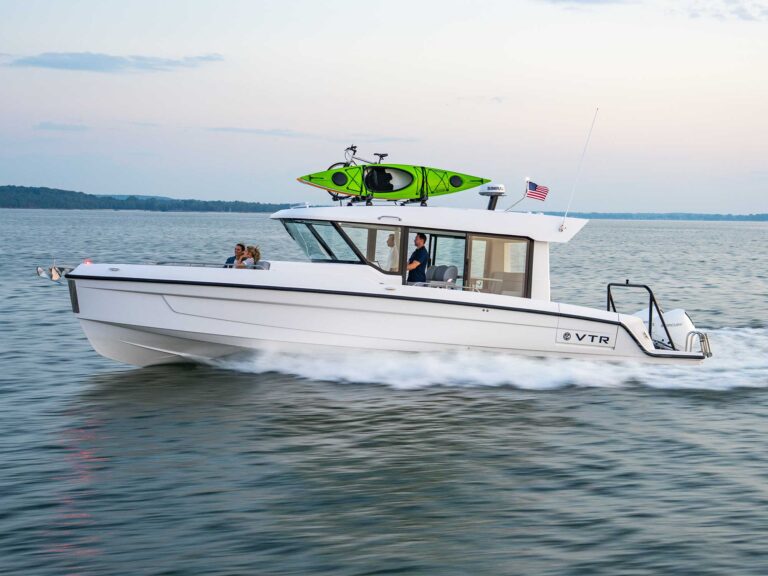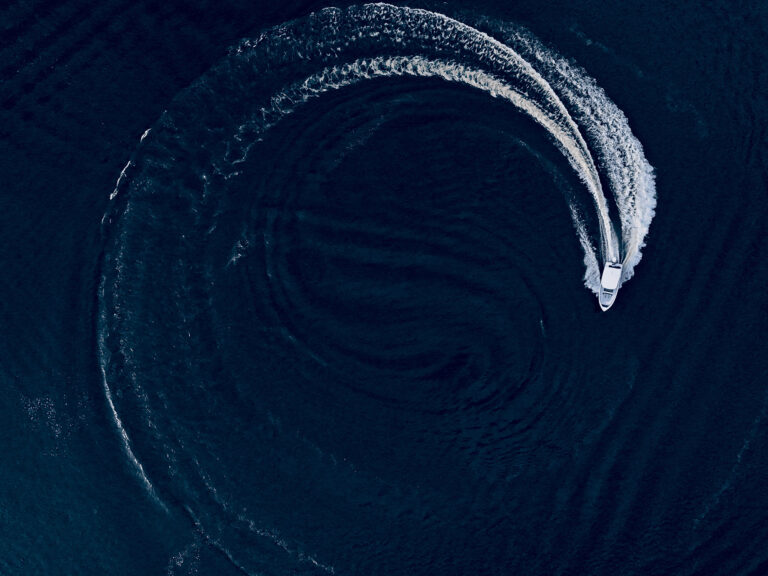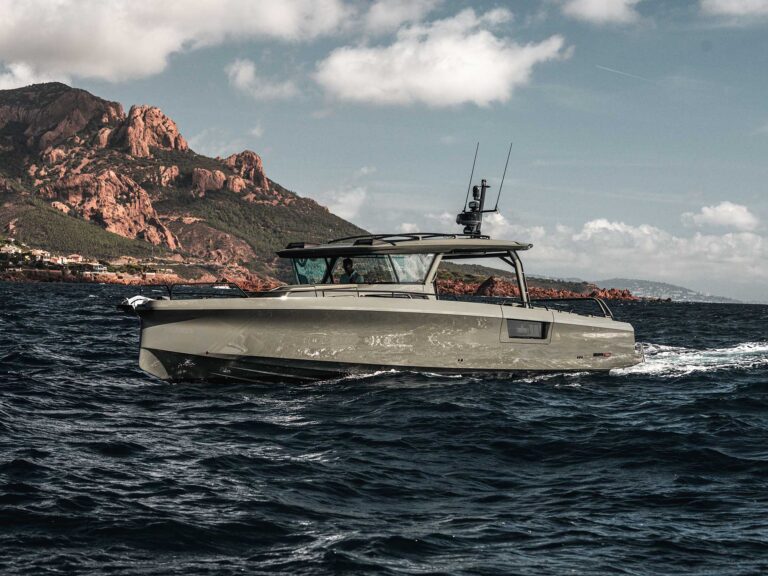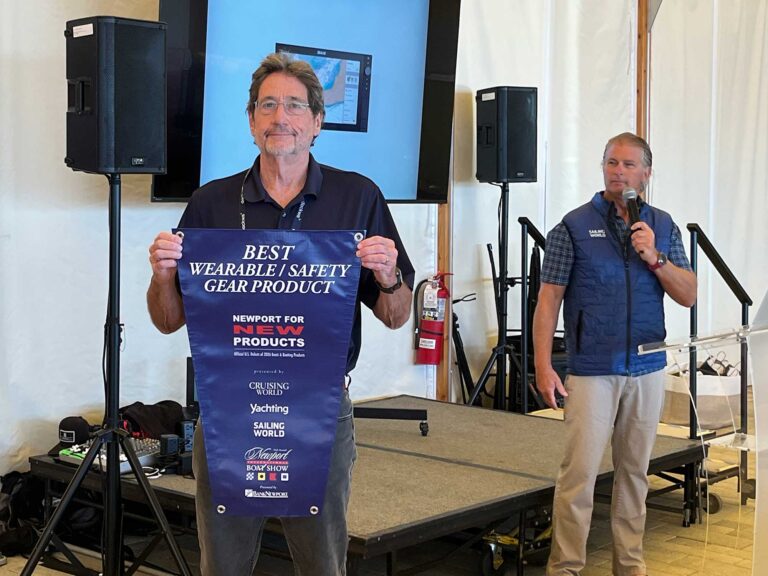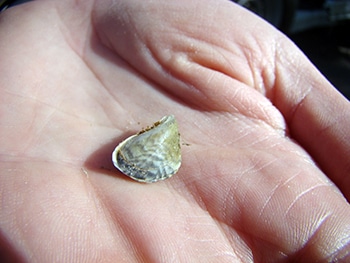
The dreaded quagga mussel
If you plan on taking your boat to Lake Powell, build in some extra time afterward for a three-step cleansing program — not for yourself, but for your boat. It all about fighting the invasive species of mollusk known as the quagga mussel.
Wildlife officials are finding quagga mussels at Lake Powell. And so they have instituted a cleansing process you must put your boat through before they will allow you to trailer it away from the massive, picturesque lake. Additional steps must be taken at home before you can launch your boat on any other Utah lake.
“It is absolutely vital that you clean, drain and dry your boat and any equipment that comes in contact with Lake Powell water,” says Larry Dalton, aquatic invasive species coordinator for the Utah Division of Wildlife Resources. He says this rule applies to any lake in Utah, not just Powell.
So far this spring, searchers have found more than 115 quagga mussels attached to boats and boat docks at the Wahweap and Antelope Point marinas in the 186-mile long Lake Powell. Dalton says they will likely find more of the dreaded bivalves as they continue looking.
Once mussels establish themselves in a body of water, it’s extremely difficult, expensive and sometimes impossible to remove them.
To reduce the chance that boaters accidently transport mussels from Lake Powell to other bodies of water in Utah, effective immediately, boaters must do the following:
Before leaving Lake Powell, they must begin a three-step decontamination process that starts with cleaning all mud, plants, mussels and other debris off of the boat. Secondly, you must also drain all of the raw water from the boat’s bilge, live and bait wells, ballast tanks and lower engine unit. Boats that fail to comply may be detained and/or cited by wildlife officials.
After you’ve completed the first two steps (cleaning and draining your boat), you can legally leave the lake to travel into or through Utah where you must complete a third step: Drying your boat at home or having the boat serviced at a professional decontamination station.
If you’ve been boating on Lake Powell, you cannot launch your boat at any water in Utah until you’ve completed all three decontamination steps. They drying process can take up to 30 days (in winter), essentially restricting your boat from any other Utah lake for a month. However, Dalton was unclear on how this was to be verified and enforced.
As Memorial Day weekend and another boating season rapidly approach, Dalton says now is the perfect time to brush up on your decontamination skills. Quagga and zebra mussels move from water to water by attaching themselves to boats and other equipment that comes in contact with the water.
Cleaning, draining and drying your boat, and any recreational equipment that comes in contact with the water, is the key to eliminating the mussels. “You can do this yourself,” Dalton says, “and it won’t cost you a thing.”
However, drying times vary with the time of year. In March, April and May and September, October and November, the required drying time is 18 days; in June, July and August, it’s 7 days; and in December, January and February, it’s 30 days.
Temperatures that drop below 32 degrees Fahrenheit for three straight days will also kill the mussels.
If you’d like to put your boat on the water before the drying times allow, you’ll have to get it professionally decontaminated. “Decontamination equipment is available at most of Utah’s popular boating waters,” Dalton says. “The service is usually free.”
When you get your boat decontaminated, a certified operator will wash it inside and out with scalding hot water (140 degrees Fahrenheit). He or she will also use the same hot water to flush the raw water circulation systems on your boat.
To learn the location of decontamination units, visit the Utah Division of Wildlife Resources.

